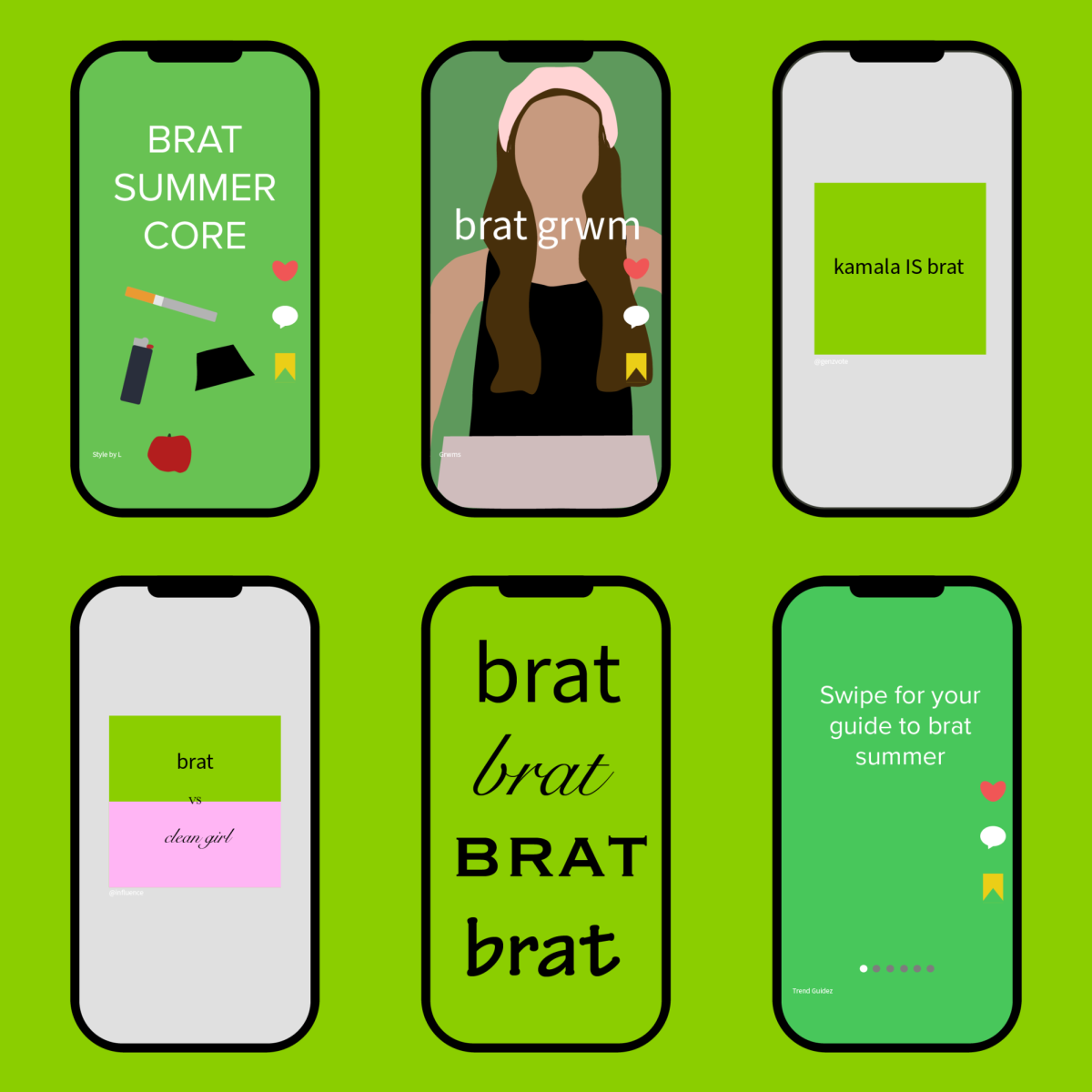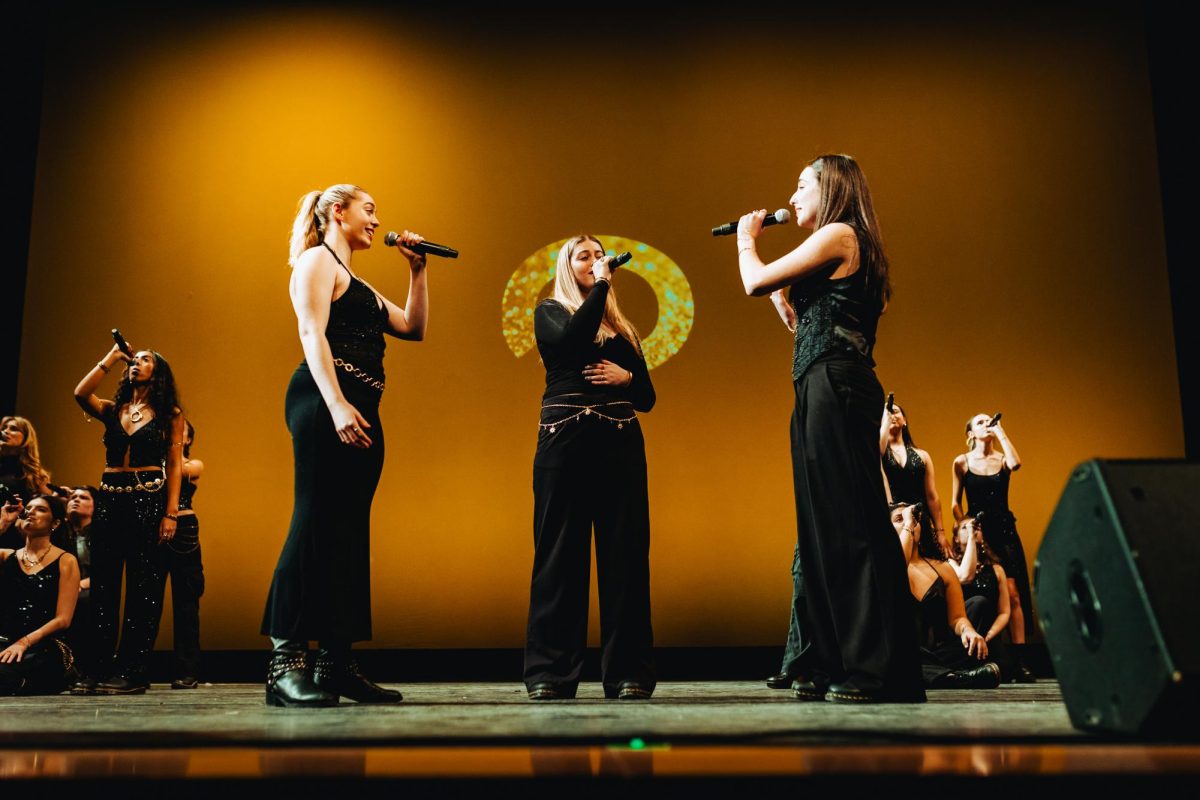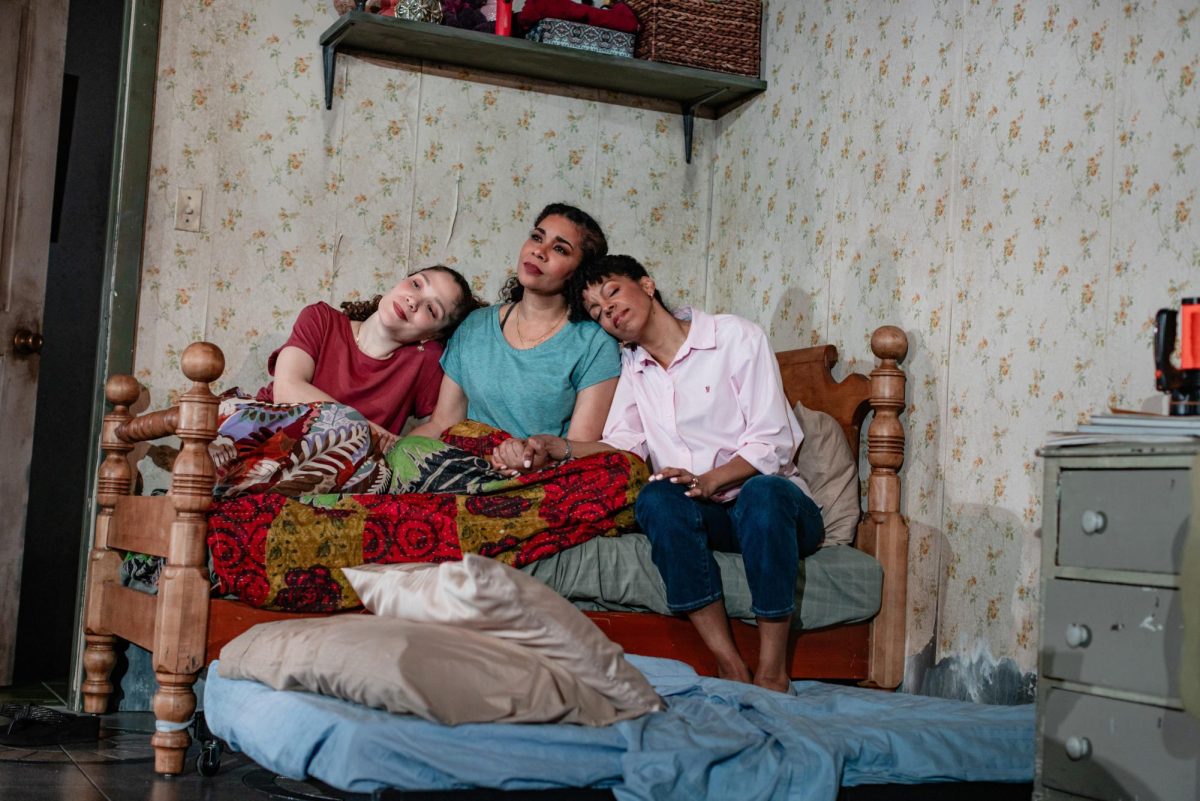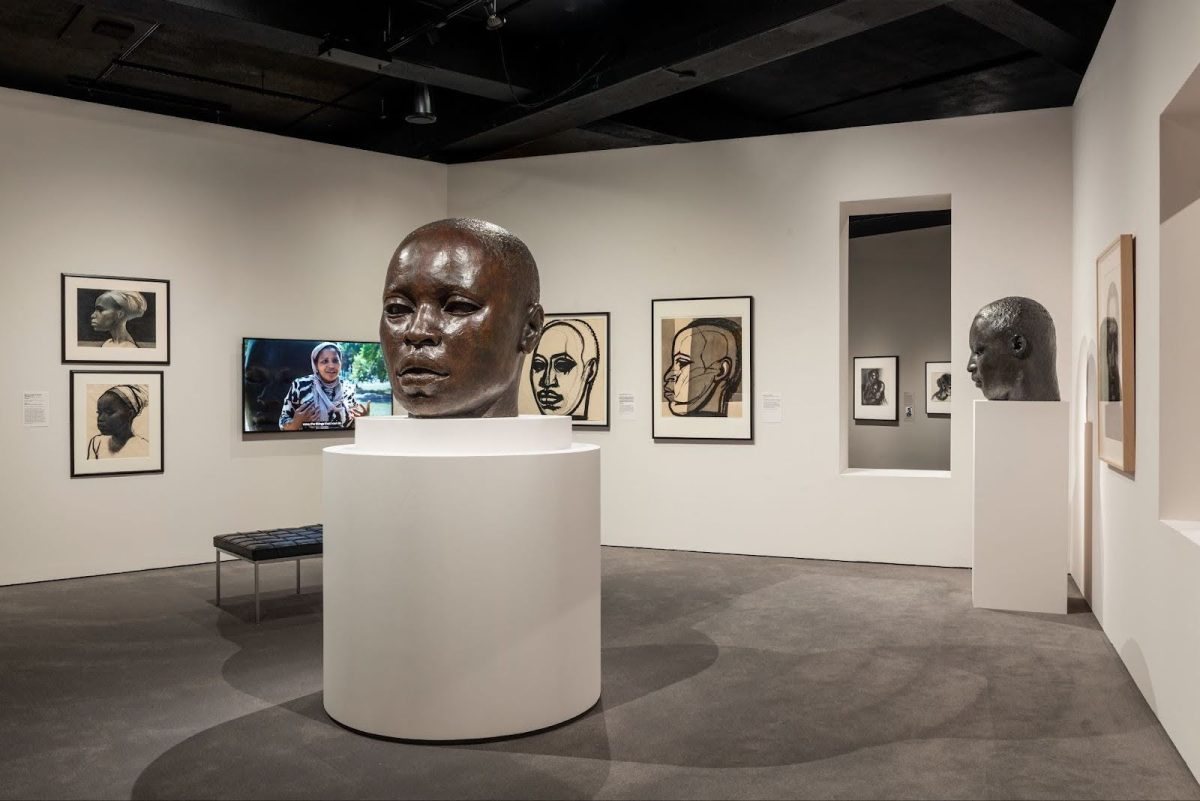Sleeping in your makeup, fake accents, clubbing and drunk cigarettes are just a few things that have been labeled “brat summer” coded.
For what feels like forever, TikTok and Instagram users have strived for different variations of the “clean girl aesthetic”: neutral colors, organization and clear skin. Appearing clean and put-together is the trend’s common goal — and it’s largely unattainable. For college students especially, it’s hard to imagine a spotless bedroom, an acne-free face and a completely balanced routine fitting into an already packed schedule.
Then came Charli XCX’s “brat.”
“Brat” is the English singer’s sixth studio album and an unapologetic journey through hyperpop. Following its release in June, the phenomenon “brat summer” was born. And it exploded.
The “brat” aesthetic made its way from Charli XCX fans to the frontlines of Vice President Kamala Harris’ presidential campaign TikTok account, @kamalahq, inspired by Charli XCX’s post on X claiming “kamala IS brat.”
“Brat” made everything social media had historically frowned upon suddenly cool: being messy, partying and, well, brattiness. “Brat summer” is chaos and imperfection. It’s grungy and sweaty. Bye, bye, clean girls. While these might not resonate as redeeming qualities, the “brat” aesthetic appears to spotlight one positive trait most social media trends don’t: realness.
“Even when I’m being an absolute nightmare you still stand by me and make me feel comfortable to be myself,” Charli XCX wrote in an Instagram post when “brat” dropped. “And at the end of the day, that’s exactly what brat is all about: me, my flaws, my fuck ups, my ego all rolled into one.”
As the summer heat fades, Charli XCX hopes we’ll keep the “brat” aesthetic alive. The singer announced the remix album, “brat and it’s completely different but also still brat,” will be released Oct. 11. She also kicked off the “Sweat” tour Sept. 14, which she is co-headlining alongside Australian singer-songwriter Troye Sivan. Brat-umn commences.
But in a world dominated by performative behavior on social media, how long can being real last? And more importantly, how real can a trend truly be?
People aren’t used to reality shining through on social media. It’s constantly deemed a highlight reel, an altered version of the truth. But maybe that’s why we love it so much. It’s competitive — it gives us something to strive for. Is that healthy? Well, no, but it keeps us hooked.
It feels like members of Generation Z are constantly modifying their behavior, style and social media presence to accommodate the current trend and consequently hoping to gain approval from their peers. And while the “brat” aesthetic prides itself on being a new type of trend — one that is real and honest — at the end of the day, it’s still a social media trend that’s giving Gen Z a new guidebook.
On TikTok, posts that showcase lists deeming “things that are brat” and “things that are not brat” have gained traction, giving viewers ideas on how they can achieve the desired aesthetic. People are now actively trying to be “real.” A headache and a vicious cycle, if you ask me.
Only 27% of Gen Z women and 40% of Gen Z men describe their self-esteem and confidence as excellent or very good, according to a 2022 Cigna Group study, and the correlation between negative mental health status and social media is no myth. In a 2019 study done by ORIGIN, 48% of Gen Z said social media makes them feel anxious, sad or depressed. Spending so much time on social media forces Gen Z to constantly compare themselves with others — and with escapism comes a curated, unachievable reality.
Gen Z’s historical struggle with self-esteem can be attributed to the fact that what’s accepted and praised on social media is constantly changing. One day you’re in, the next day you’re out. When so much of our lives are online, it’s hard to remember that your profiles are just a small (and rather insignificant) part of your existence.
Trends like “brat summer” are a good start in an attempt to normalize reality and authentic self-expression. But in truth, the “brat” aesthetic is not authentic for everyone — there is still a pressure to conform to what’s currently popular. Before we know it, we’ll see the masses trade in their chartreuse for whatever it is that comes along next.












